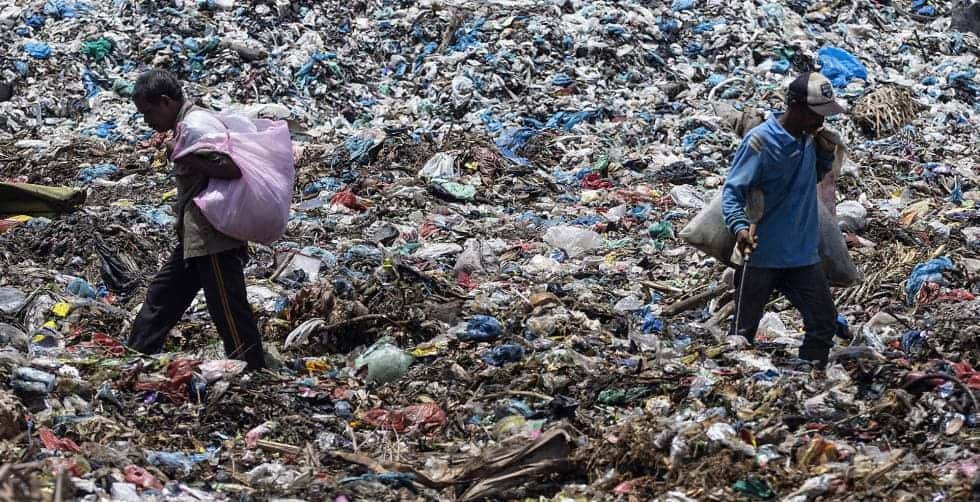Plastic pollution is among the most urgent issues the world is dealing with, as bottles, sachets, packets, among many products, are filling up the ocean, affecting landscapes and harming the health of the world’s poorest people.

Companies have a strong role to play, with just four global drink giants responsible for more than half a million tons of plastic pollution in six developing countries each year – enough to cover 83 football pitches every day, according to a report.
The NGO Tearfund calculated the greenhouse gas emissions from the open burning of plastic bottles, sachets, and cartons produced by Coca-Cola, PepsiCo, Nestlé, and Unilever in China, India, the Philippines, Brazil, Mexico, and Nigeria. The report argued that the sachets, bottles, and cartons sold in the six countries are usually burned or dumped. Tearfund said the burning of plastic packaging put on to the market by these companies creates 4.6m tons of carbon dioxide equivalent – roughly the same level of emissions from two million cars.
“These companies continue to sell billions of products in single-use bottles, sachets, and packets in developing countries,” the report reads “And they do this despite knowing that waste isn’t properly managed in these contexts and their packaging therefore becomes pollution.”
Companies have climate change commitments but they rarely mention the emissions that come from the disposal of their products or packaging. That’s why Tearfund is asking them to switch to reusable packaging to avoid emissions.
“Reusable and refillable packaging preserves more of the value and natural resources embedded in each bottle and box. By contrast, recycled singleuse plastic is typically downcycled into synthetic fabrics, which then become waste again”, the NGO argued in the report.
Coca-Cola emerged as the worst polluter of the four companies in the report by far, with emissions greater than the other three combined. This is despite being the smallest company of the four in terms of sales revenue and is due largely because they use so much plastic per dollar of sales. The company creates 200,000 tons of plastic waste per year in the six countries, according to the report. The burning of such waste creates emissions equivalent to 2.5 million tons of carbon dioxide. That’s the same as three-quarters of their global transport and distribution emissions.
Replying to the report, a Coca-Cola spokesperson told The Guardian: “We are absolutely committed to ensuring the packaging in which we serve our products is sustainable and our efforts are focused on continuing to improve the eco-design and innovation of our packaging.”
The report included examples of the four companies adopting reusable and refillable delivery mechanisms in developing countries. Nevertheless, they are still few and far between. For example, Unilever is using a mobile dispensing delivery system run to offer refills to customers in Chile.
Tearfund is calling on the companies to reduce the number of single-use plastic products they use and sell by half in five years. Instead, they should use environmentally sustainable delivery methods such as refillable or reusable containers – working in partnership with was pickers.









